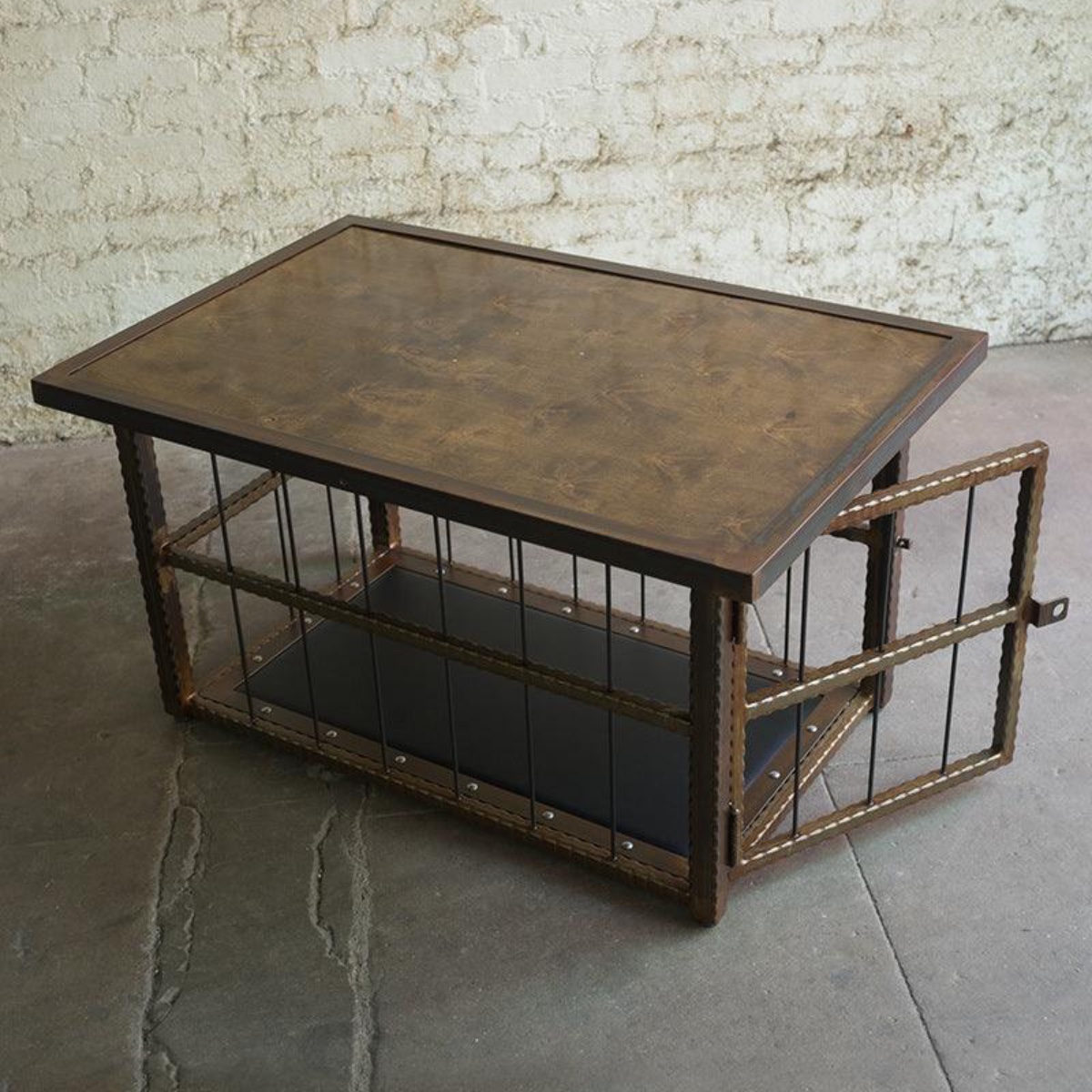Step-by-Step Building Guide

Creating your own BDSM cage requires careful planning and precise execution. Follow these detailed steps to build a sturdy and safe cage.
Designing Your Cage
Begin by sketching a design for your BDSM cage. Consider the dimensions based on the available space and the intended use. A common size for a basic cage might be around 4 feet in length, 2.5 feet in width, and 3 feet in height, but these can be adjusted according to your needs.
Ensure structural integrity by planning for a solid frame. Use thicker materials for the frame to withstand weight and movement. Adding crossbars can increase stability. Make sure your design includes adequate ventilation and entry/exit points.
Preparing the Materials
Once your design is finalized, prepare the materials. Cut the metal bars or wooden planks to the required sizes. Double-check measurements to avoid mistakes. Smooth any rough edges with sandpaper to prevent injury during use.
Prepping materials also involves checking for defects. Ensure that all wood is free from splinters and metal is free from rust or sharp edges. Lay out all components to verify that you have everything needed before starting assembly.
Building the Frame
Start by assembling the base. Align the cut pieces on a flat surface and secure them together using screws and a drill. Make sure the base is square and level before tightening the screws completely.
Next, construct the sides of the cage. Attach vertical supports to the base at each corner, ensuring they are perpendicular. Connect these supports with horizontal bars at the top and midpoint for added stability. Use additional crossbars if necessary to strengthen the frame. Regularly check that all parts are aligned correctly.
Adding Doors and Locks

Install the door on one side of the cage. The door should be large enough for easy access but secure enough to stay closed during use. Attach it using sturdy hinges and ensure it swings freely without obstruction.
Add locking mechanisms to the door. Depending on your design, this could be a padlock, latch, or bolt. Test the lock several times to ensure it functions properly and can be opened quickly in case of emergency.
Finishing Touches
Sand any remaining rough edges to prevent splinters or cuts. If you used wood, apply paint or varnish to protect the material and improve its appearance. Choose non-toxic finishes to avoid any adverse reactions.
Add padding to the floor and sides for comfort. This can be done using foam mats, cushions, or other soft materials. Ensure the padding is securely fastened to prevent it from moving during use.
Safety Checks
Conduct a thorough inspection of the cage. Check all joints and screws for stability and ensure there are no loose parts. Test the cage by applying pressure to various points to ensure it can withstand movement and weight.
Perform a safety review before use. Make sure there are no sharp edges or potential hazards inside the cage. Confirm that the locking mechanisms work smoothly and that you can open the cage quickly if needed.
Tips for Safe and Effective Use
Incorporating a BDSM cage into your activities requires careful attention to safety and comfort. Here are some tips to help you use your cage effectively:
- Scene Integration: Plan your scenes to include the cage naturally. Use it for confinement, role-play, or sensory deprivation to enhance the experience. Ensure that all participants are comfortable with the use of the cage and understand the scene’s dynamics.
- Ongoing Safety: Regularly check the cage for any signs of wear and tear. Tighten screws, check padding, and ensure locks function properly. This ongoing maintenance helps prevent accidents.
- Comfort and Security: Add extra padding or cushions for long scenes to maintain comfort. Ensure that the person inside the cage has enough room to move slightly and is not cramped. Regular check-ins during use are essential to monitor their well-being.
Conclusion
Making your own BDSM cage can be a rewarding project that enhances your BDSM activities. By following this guide, you can create a safe, sturdy, and personalized cage. Remember to prioritize safety and comfort throughout the building process and during use.
Take pride in your DIY project and consider sharing photos or stories of your cage with the community. For those interested in more complex builds or modifications, plenty of resources are available online and within the BDSM community to further your projects. Enjoy your new creation and the unique experiences it brings.


